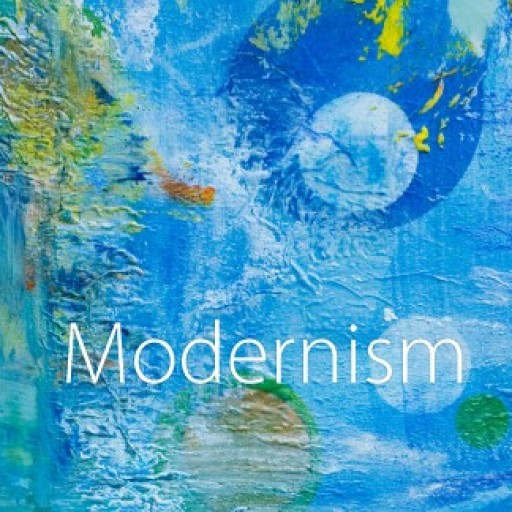Toomer’s Karintha is one of the best examples of his efforts towards “his quest for union, for wholeness.” (368) Karintha is a young and beautiful girl living somewhere in Georgia or its suburbs since most of the first half of the book takes place in the South. Karintha can be counted as a poem and also a prose, hence making the form arguable. The repetition of the same images, ideas and sometimes even the same phrases make it even more complicated to categorize it as one or the other. The girl described in the narrative can be of African-American origin as suggested by this line “Her skin is like dusk on the eastern horizon” (5) often repeated in the text. However, the fact that not even once did Toomer explicitly associated Karintha with any race speaks volumes about his style in writing and approach towards literature in general. Sollor, in his essay, quotes Toomer: “In no instance am I concerned primarily with race; always, I drive straight for my own spiritual reality, and for the spiritual truth of the South.” (367)
In the text, all that seems to matter is how breathtaking and unsettling Karintha’s beauty is for young or old, rich or poor, i.e. for all and sundry. Her beauty seems to eclipse her race or such is the case, perhaps because of the homogeneity in the Southern neighborhood. Toomer found the “divisions of race, sex, region and class destructive and virulent in the modern world.” (368) There are various ways in which we see this idea played along in Karintha. Neither does he mention race nor does he remark about Karintha’s conspicuous behavior. Toomer mostly worked with euphemism while describing Karintha’s sexuality. Instead of outright calling her a prostitute, he garlands it with phrases like: “They will bring their money to her…” This suggests a break from describing everything at the face value.
We also see that Karintha not only has a child but that she also perhaps kills that child. “A child fell out of her womb onto a bed of pine-needles in the forest. Pine-needles are smooth and sweet. They are elastic to the feet of rabbits…A sawmill was nearby. Its pyramidal sawdust pile smoldered. It is a year before one completely burns.” (6) Toomer’s language does in no way have a blaming or derogatory tone for a woman who has killed her own child. This stands in contrast with what is generally accepted in reality under such circumstances. The gravity yet nonchalance in the tone with which Toomer writes the most disturbing aspects of Karintha is indeed a long step away from tradition, making it a fairly modernist text. His effort of dealing with important issues like race, gender and sex without defragmenting them in the story of Karintha is remarkable.
Toomer, Jean. Cane. Ed. Rudolph P. Bird and Henry Louis Gates Jr. A Norton Critical Edition. 2nd Edition. New York: Norton & Company, 2011. Print.

I like how you point to the ambiguity of race, and how this is not Toomer’s priority in “Katrina.” I wonder, though, however, of his concern with women. We are aware that Katrina is a woman, and we are always aware of how she is perceived by men. Could we say that Toomer is empathetic toward his female character, and that perhaps he is concerned with the social treatment of women?